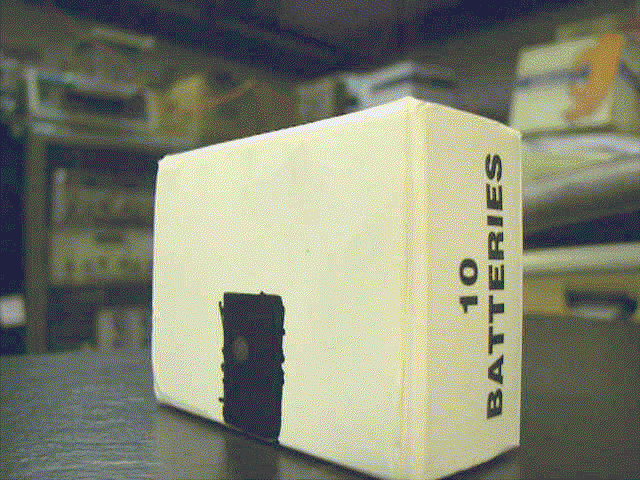
they say smoking is bad.. looks OK to me!
The original pulse forming network of a 36uF low-ESR capacitor charged to 800VDC and a 30uH inductor was used. To trigger the flashlamp, the pulse fom an old photoflash unit was used. The photoflash unit only produces 400VDC which was not enough to fire the laser's pump lamp. Two large tube-type high voltage power supplies were put in series to make the 800V. Later, the photoflash unit will be modified wit a voltage doubler to produce the 800V. More about the PFM can be found, along with much more info about this laser, in "Sam's Laser FAQ" at or near http://www.repairfaq.org/sam/laserscl.htm#sclsy1
It was exremely easy to get the laser to work the first time. A child could do it. At this point the usual thing should be harped on again, tirelessly ad nauseam. We have all heard it before. It's not so much that some idiot will look into the laser, it is more likely that a reflection could come back from an unintended target and strike the eye. one should use laser safety glasses when working with this unit. If one does not have them, closing the eyes during firing is better than nothing. Or one may enclose the experiment. Anyone who is not qualified to use a laser safely is welcome to send it to me complete and postpaid and I will dispose of it for them without making any personal judgements, as a form of community service. Use this disclaimer.
